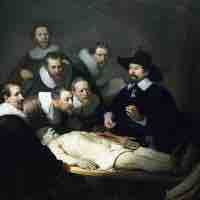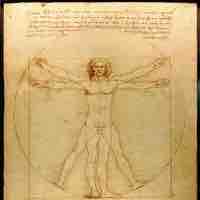Chapter 1
Introduction to Anatomy and Physiology
By Boundless

All life forms require certain core elements as well as physical and chemical factors from the ecosystem for biochemical functioning.

To sustain human life, certain physiological needs include air, water, food, shelter, sanitation, touch, sleep and personal space.
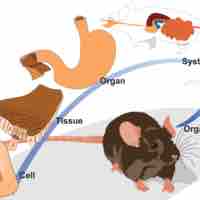
Living organisms are made up of four levels of organization: cells, tissues, organs, and organ systems.
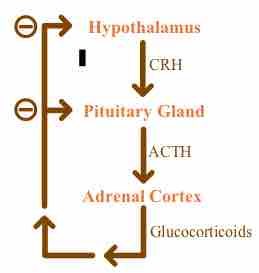
Homeostasis is maintained by the body's responses to adverse stimuli, ensuring maintenance of an optimal physiological environment.
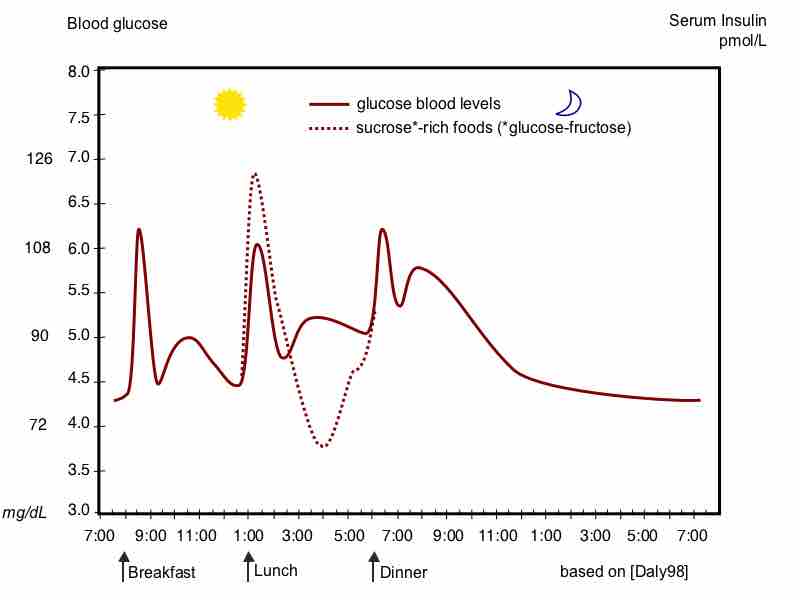
If positive and negative feedback loops are affected or altered, homeostatic imbalance and resultant complications can occur.
When an organism is in its standard anatomical position, positional descriptive terms are used to indicate regions and features.
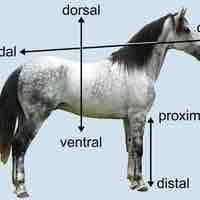
Positional terms give precise descriptions of anatomical relationships and allow for consistency when referencing anatomical positions.
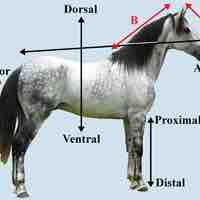
Regional directional terms include anterior and posterior, dorsal and ventral, and lateral and medial.
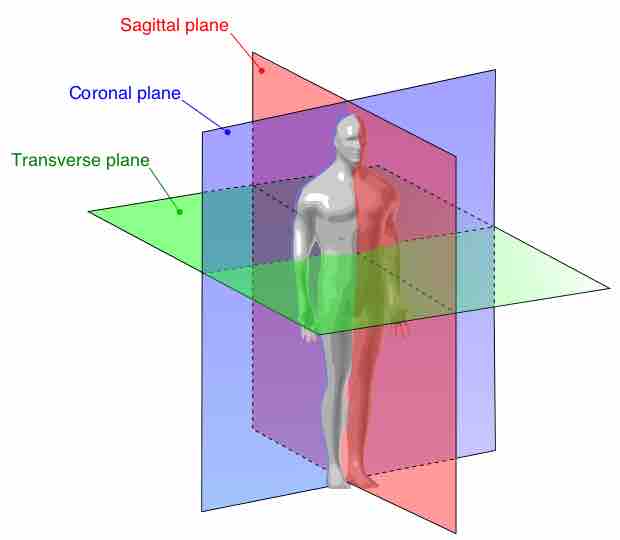
There are three basic reference planes used in anatomy: the sagittal plane, the coronal plane, and the transverse plane.

Vertebrates have fluid-filled spaces called body cavities that contain the organs.
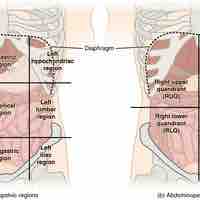
The abdomen is subdivided into four quadrants and nine areas.
